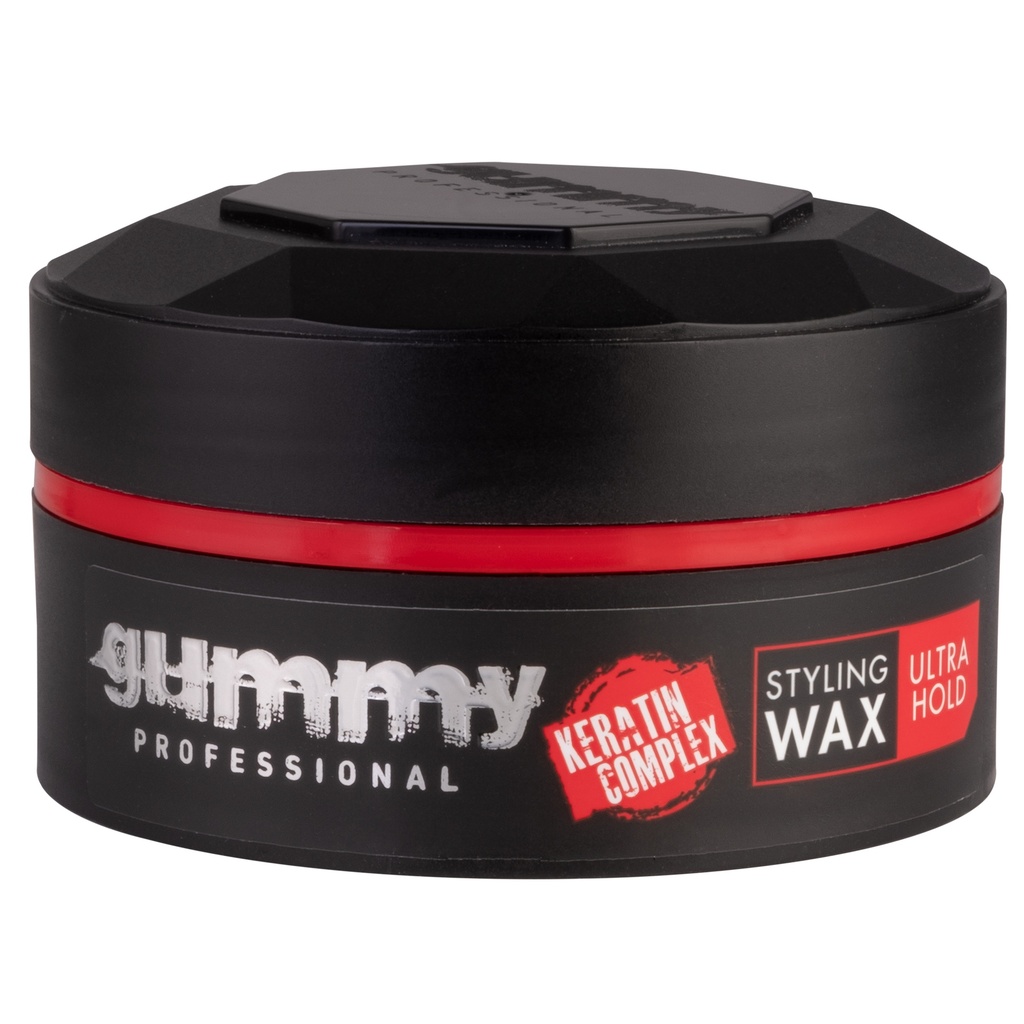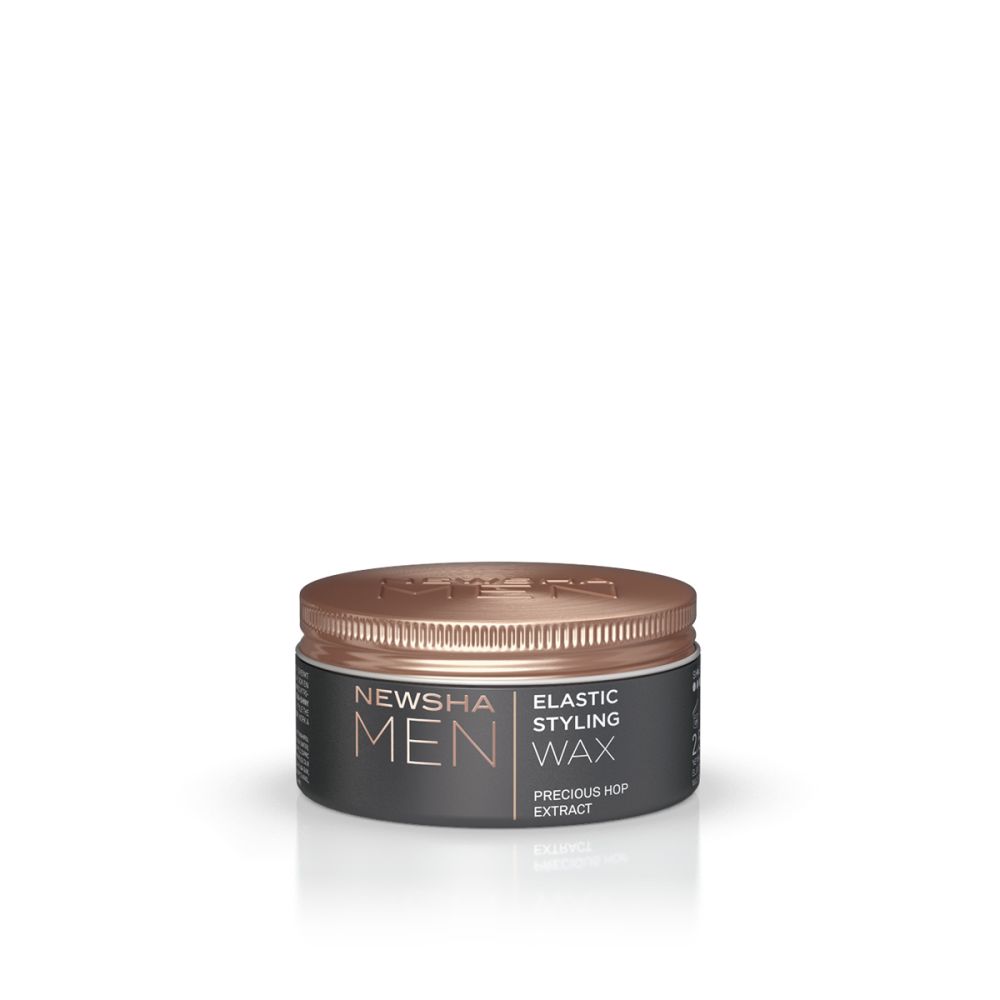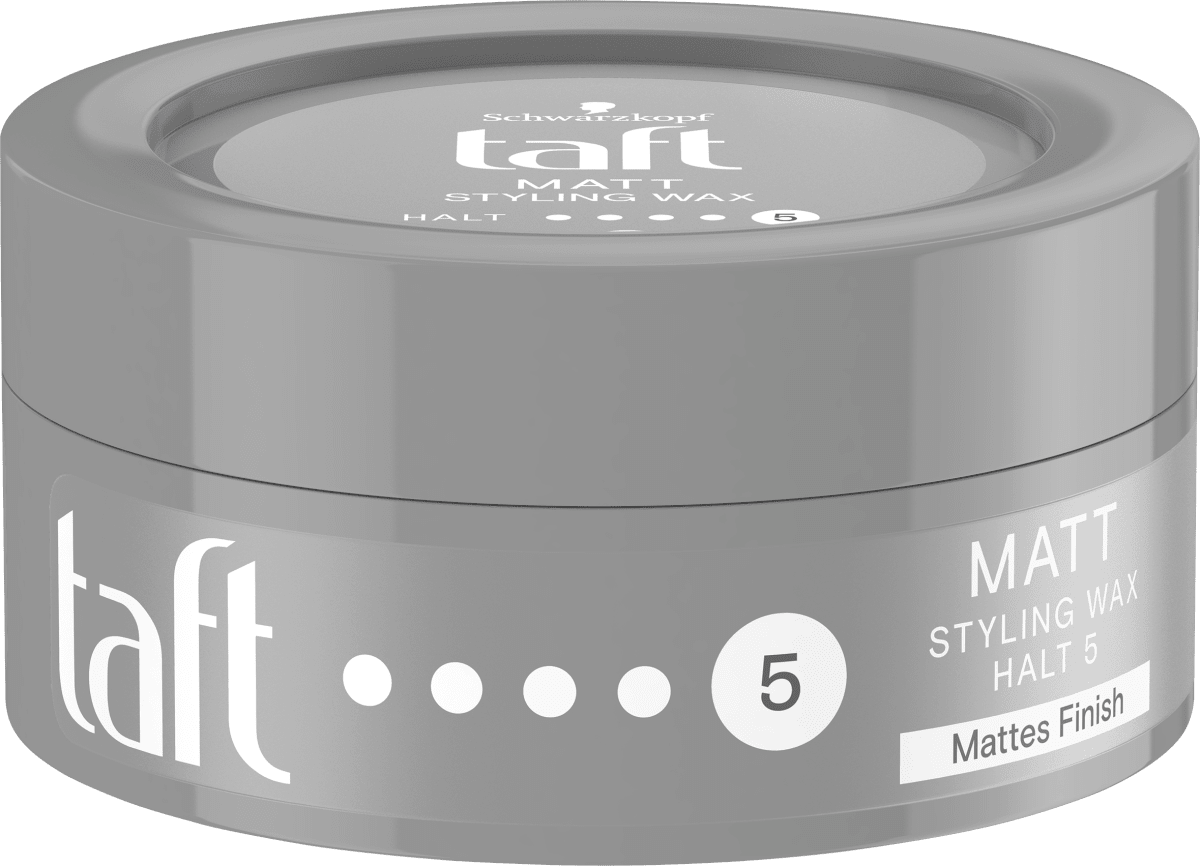
Haarwachs Stick,Wachsstift für Haare,Wachs Stick für Haare,Perücken Rand Kontrolle Slick,Styling Haar Pomade Stick,Styling Pomade für Perücken,Hair Wax Stick für Haare,Styling Wax Stick,Haar Wachs,75g : Amazon.de: Kosmetik

Haare Pomade Styling Wachs für Männer halten Frisuren Matte Finish Molding Cream Stereotypen Typ | Fruugo DE

Kaufe Professionelles 2-in-1-Haarwachs-Haargel mit Kamm, langlebiges, flauschiges Haar, Pomade, Wachsschlamm, Männer-Haarcreme, Salon-Styling-Gel-Haarwerkzeug | Joom

Haarwachs Stick,Hair Wax Stick,Wachs-Stick für Haare,Styling Haar Wachs,Wachsstab für Haar,Wachs-Stick für Haare Perücken Rand Kontrolle Slick,Haar Wachs Frisur Gel Stick,Styling Wax Stick,75 g : Amazon.de: Kosmetik

Männer STYLING-Set online kaufen ✔️ 2022 | Styling Set für Männer | Haarwachs & Haarverdicker | That's ME by Marc Eggers – That's ME Style

Haarwachs Stick,Wachs Stick für Haare,Wachsstift Haare,Haar Wax Stick Damen,Haarwachs Stift,Haar Styling Stick,Haar Pomade Stick für Professionellen Salon und Heimgebrauch,mit Einen Schwarz Kamm,75g : Amazon.de: Kosmetik

Cire d'Épaisseur Texturisante Styling Wachs · Styling-Wachs für geschwächtes Haar mit Neigung zum Ausdünnen | Kérastase

Bunte Haare Wachs Haar Schlamm Lang anhaltendes Styling Natürliche Farbe Einweg-Haarwachs | Fruugo CH

Gebrochen Haar Artefakt Haar Wachs Stick Gel Creme Styling Haare Kräuseln Feste Flauschigen Kinder Männer und Frauen Styling Wachs - AliExpress

Haarwachs Stick, Styling Wax Stick Haar Wachs Frisur Gel Stick Haar Modellierung Wax Stick, Styling Haar Wachs, für Perücken, Haarsträhnen, gebrochene Haare und krauses Haar, Frizz, 75g : Amazon.de: Kosmetik

Haarwachs Stick,Wachsstift für Haare,Wachs Stick für Haare,Perücken Rand Kontrolle Slick,Styling Haar Pomade Stick,Styling Pomade für Perücken,Hair Wax Stick für Haare,Styling Wax Stick,Haar Wachs,75g : Amazon.de: Kosmetik

Samnyte Pomade Stick, Perücke Wachs Stick Edge Control Slick Stick Haare Pomade Stick Non-Fett Styling Wachs für Fly Away & Edge Frizz Hair | Fruugo CH

SIDO BARBER Shop Haarwachs Männer (Blau) Friseur Haar Wachs für starken Halt - Hair Wax für Herren ohne Schmieren, Kleben & Rückstände | JY-I4F1-ZY0R

Haar wachs Stick für Haare Männer dauerhaft trocken stereotyp Typ Haar Balsam Öl Wachs für Haars tyling Rand kontrolle Meersalz Spray für Männer - AliExpress














